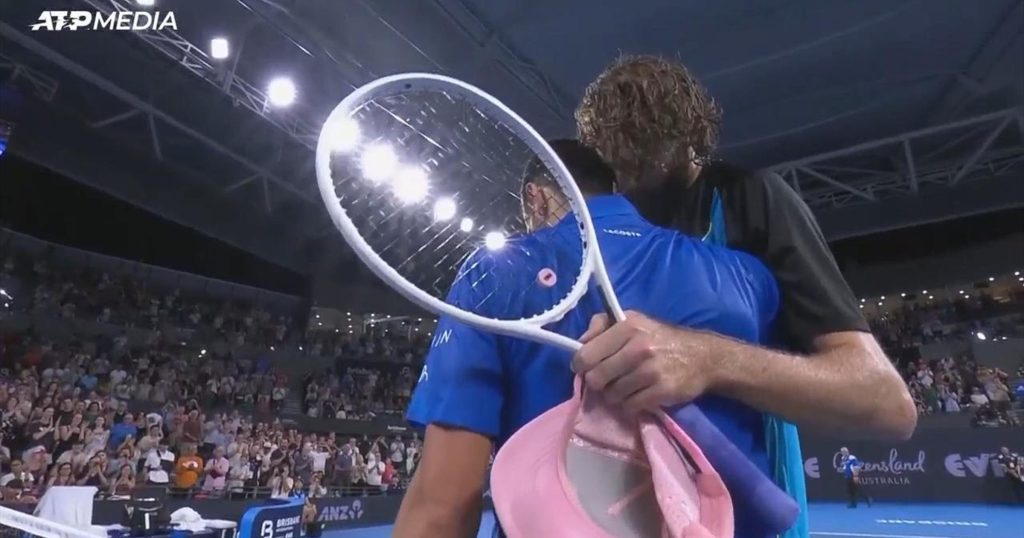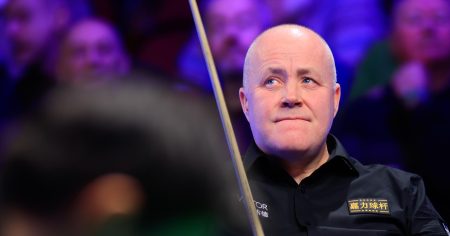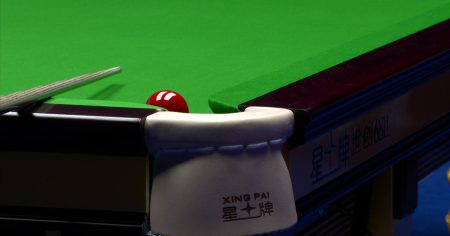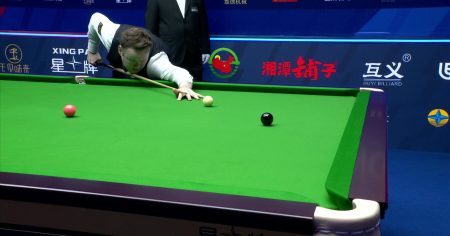The ATP Brisbane quarter-final of 2025 delivered a seismic shock to the tennis world as the tournament’s top seed, Novak Djokovic, succumbed to the towering American, Reilly Opelka. This unexpected defeat not only prematurely ended Djokovic’s Brisbane campaign but also sent ripples of surprise and intrigue throughout the tennis community. The match, anticipated to be a relatively straightforward affair for the Serbian maestro, quickly evolved into a captivating David versus Goliath battle, showcasing Opelka’s potent serve and Djokovic’s uncharacteristic struggle to find his rhythm. While Djokovic entered the tournament fresh and prepared to add another trophy to his already overflowing cabinet, his performance against Opelka suggested a vulnerability seldom seen in the dominant champion. This dramatic upset set the stage for an unpredictable tournament and raised questions about Djokovic’s form leading into the Australian Open.
Opelka’s towering presence and thunderous serve proved to be the deciding factor in the match. Standing at a formidable 6’11”, the American used his height advantage to unleash a barrage of unreturnable serves, consistently pushing the speed gun well over 140 mph. Djokovic, renowned for his exceptional return game, found himself repeatedly on the defensive, struggling to anticipate the trajectory and sheer power of Opelka’s deliveries. The American’s serve effectively neutralized Djokovic’s ability to dictate the rallies, forcing the Serbian into uncomfortable positions and disrupting his usual aggressive baseline game. Opelka’s strategic placement of his serves, often aimed wide to Djokovic’s backhand, further limited the top seed’s options, preventing him from setting up his powerful groundstrokes. While Opelka’s game isn’t solely reliant on his serve, against Djokovic, it became his most potent weapon, consistently earning him crucial points and ultimately, the victory.
Beyond the sheer power of Opelka’s serve, his overall performance displayed a level of composure and tactical execution that belied his relative youth and experience compared to Djokovic. He consistently held his serve with relative ease, applying pressure on Djokovic to match his serving prowess. Opelka also demonstrated an improved net game, capitalizing on his height to volley effectively and finish points decisively. His tactical awareness was evident in his ability to anticipate Djokovic’s returns and position himself accordingly, minimizing the Serbian’s opportunities to create passing shots. This combination of a dominant serve, improved net play, and astute tactical execution allowed Opelka to dictate the flow of the match and keep Djokovic constantly on the back foot.
In contrast to Opelka’s assertive performance, Djokovic appeared uncharacteristically out of sorts. His usually impeccable return of serve, often considered one of the best in the game, struggled to cope with the pace and placement of Opelka’s deliveries. The Serbian’s movement also seemed slightly sluggish, perhaps indicating a lack of match practice or a minor physical issue. He was unable to generate his usual depth and power on his groundstrokes, often hitting shots long or into the net. The frustration was visible in Djokovic’s demeanor as his attempts to find his rhythm and impose his game on Opelka were consistently thwarted. While Djokovic is known for his mental fortitude and ability to overcome adversity, on this occasion, he seemed unable to find the solutions to counter Opelka’s dominant serving performance.
The implications of this unexpected result extended beyond the immediate tournament. Djokovic’s early exit from Brisbane raised questions about his preparedness for the upcoming Australian Open. While a single defeat doesn’t necessarily indicate a decline in form, it undoubtedly offered a glimpse of potential vulnerability. Opelka’s victory demonstrated that a strategically executed big-serving game can be highly effective against even the most dominant players. It also highlighted the importance of adaptability and the need for players to develop effective counter-strategies to neutralize such powerful serving. This upset served as a reminder that even the most seasoned champions can be susceptible to upsets, especially against opponents playing with confidence and a clearly defined game plan.
The result resonated throughout the tennis world, igniting conversations and debates about the evolving landscape of the men’s game. Opelka’s victory served as a testament to the increasing depth of talent on the ATP tour and the potential for unexpected outcomes. It also underscored the importance of power serving in modern tennis and its ability to disrupt the established hierarchy. While Djokovic’s defeat was undoubtedly a disappointment for his fans, it added an element of unpredictability and excitement to the 2025 Australian Open. The tennis community eagerly awaited the upcoming Grand Slam, anticipating further surprises and compelling matchups. The Eurosport and discovery+ coverage of the Australian Open would undoubtedly capture the drama and intensity of the tournament, providing viewers with a front-row seat to witness the unfolding narrative of the men’s game.














